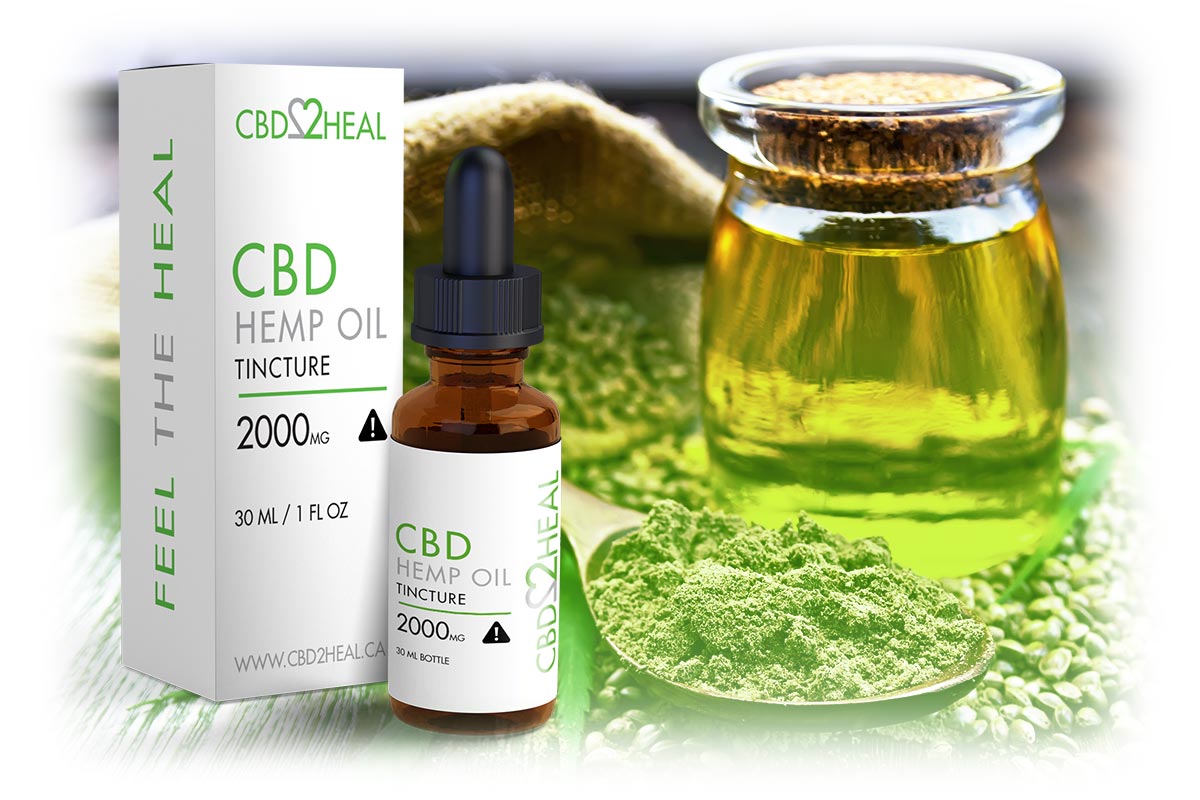In the rapidly growing market of CBD products, understanding what’s in the bottle is crucial for making informed choices. Whether you’re new to CBD or a seasoned user, deciphering CBD oil labels can be daunting. Terms like “full-spectrum,” “CBD isolate,” and “cbd oil tincture canada” may appear confusing at first glance. However, with a little knowledge, you can navigate these labels with ease and confidence.
Key Components of CBD Oil Labels
When you pick up a bottle of CBD oil, here are the key elements to focus on:
1. CBD Content
Look for the total amount of CBD per serving or per bottle. This is typically listed in milligrams (mg).

2. THC Content
Check whether the product is THC-free or if it contains trace amounts (less than 0.3%). This information is crucial for legal compliance and to understand the potential psychoactive effects.
3. Type of CBD
Products are often labeled as:
Full-spectrum: Contains CBD and other cannabinoids, including THC (within legal limits), terpenes, and flavonoids.
Broad-spectrum: Similar to full-spectrum but without THC.
CBD isolate: Pure CBD with no other cannabinoids.
4. Ingredients
Review the list of ingredients to ensure there are no additives or allergens that may affect you adversely.
5. Extraction Method
High-quality CBD oils are typically extracted using CO2 or ethanol methods, which are considered safe and effective.
6. Serving Size
Understand the recommended serving size and how much CBD is in each serving.
Understanding “cbd oil tincture canada” Label Specifics
In Canada, CBD products are subject to strict regulations, ensuring quality and safety. When buying a CBD oil tincture in Canada, look for Health Canada’s approval or certification, indicating compliance with national standards. This ensures that the product meets rigorous quality controls and contains the specified amount of CBD.
Tips for Buying CBD Oil
- Research Brands: Choose reputable brands with positive reviews and transparent manufacturing processes.
- Check Third-Party Testing: Look for products that have been tested by independent laboratories for potency and purity.
- Start Low, Go Slow: Begin with a low dosage and gradually increase until you find what works best for you.
- Consult with a Professional: If you have concerns or questions about using CBD oil, seek advice from a healthcare provider knowledgeable about CBD.

Conclusion
Navigating CBD oil labels doesn’t have to be overwhelming. By understanding these key aspects and doing your research, you can confidently choose the right CBD oil for your needs. Whether you’re in Canada or elsewhere, paying attention to details like CBD content, type, and extraction method ensures you get a high-quality product that fits your lifestyle and preferences.
Remember, the right CBD oil can make a significant difference in your wellness journey, so take your time to find a product that meets your standards and needs.

